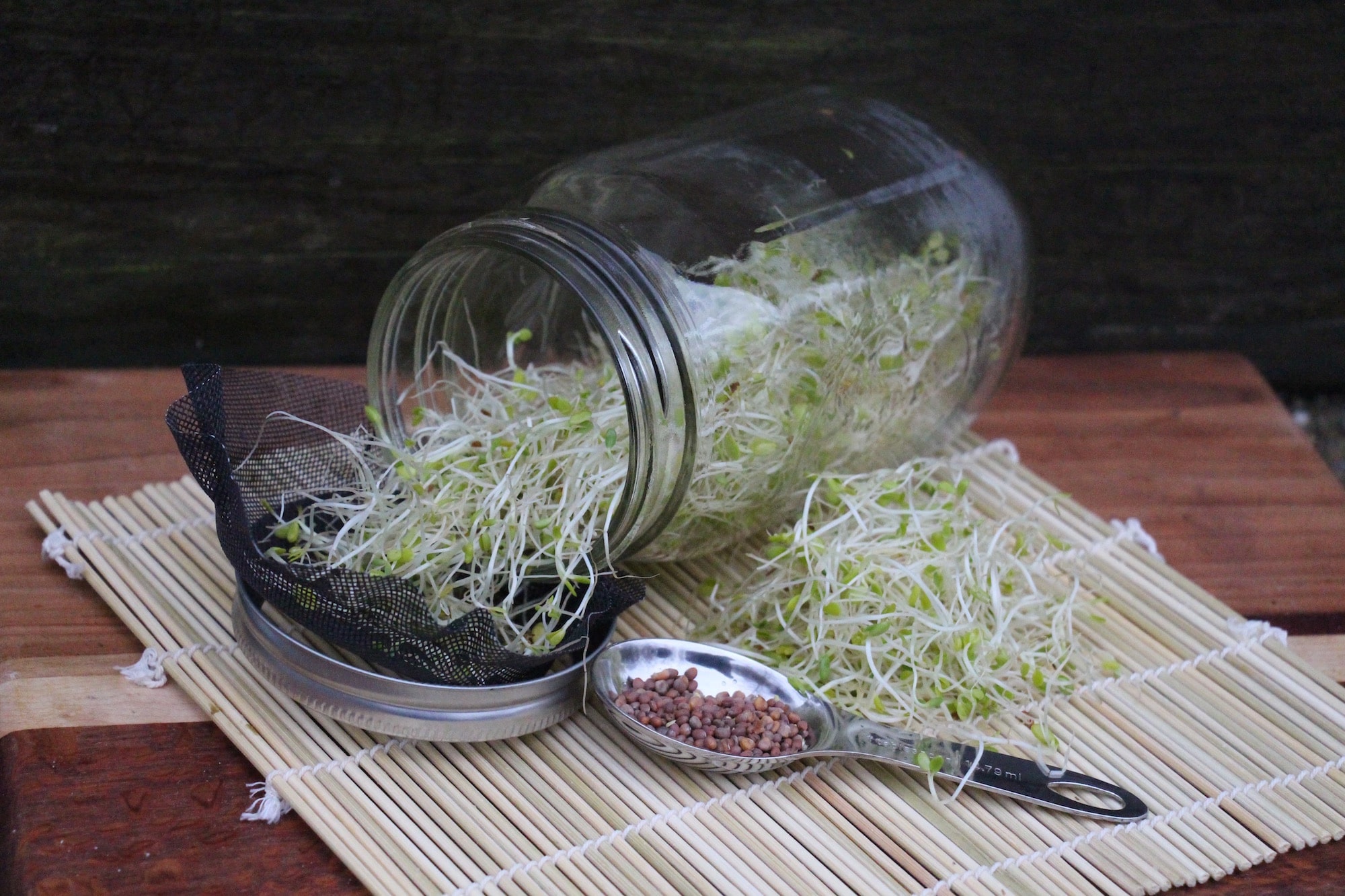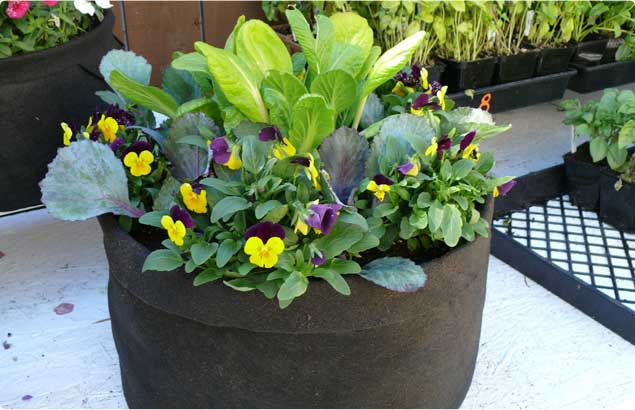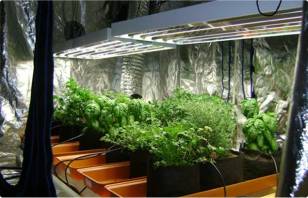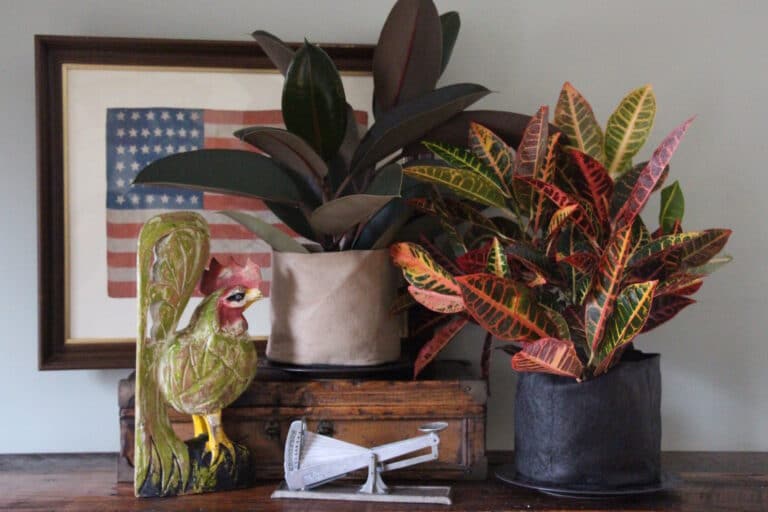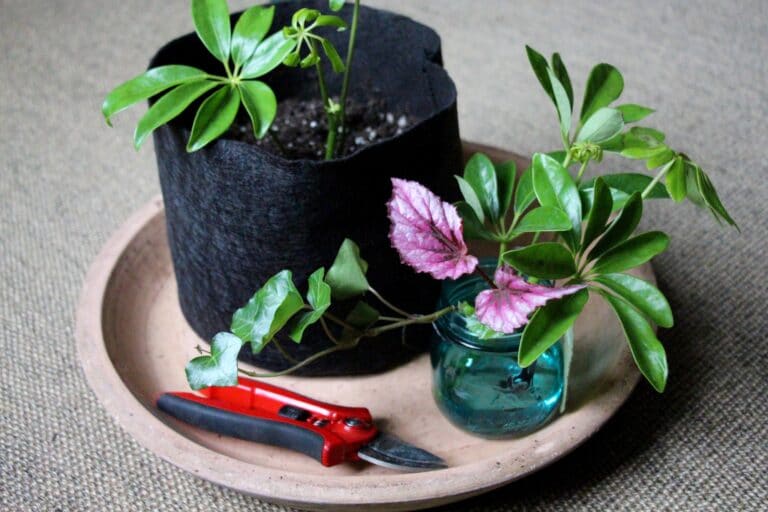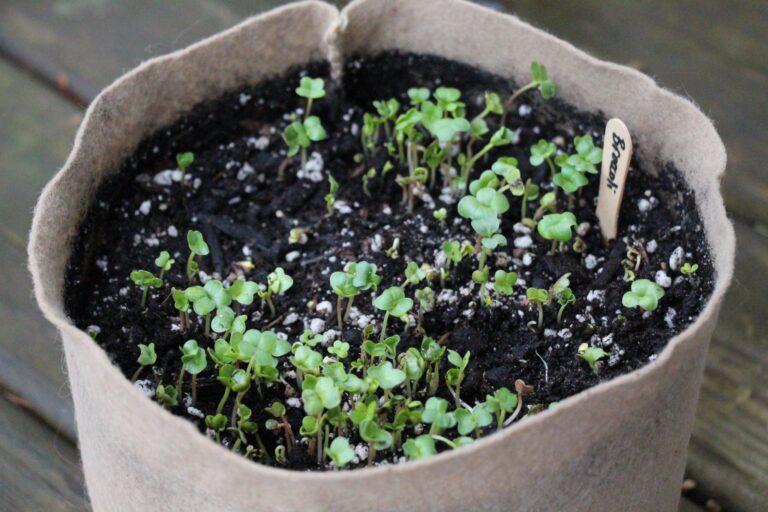3 Ways to Grow Vegetables in Winter
If you live where the snow flies, you may think winter vegetable growing is impossible. It isn’t. With a little thought and attention – and the right equipment – it’s possible to serve homegrown produce twelve months of the year.
https://vimeo.com/151824867
Here are three creative ways to grow winter veggies:
- Start sprouting! Growing vegetable and herb sprouts is probably the easiest way to get more homegrown green into your diet during the winter months. All you need is a jar, a piece of cheesecloth, and seeds for sprouting. Most grocery stores and nurseries have packets of sprouting seeds year-round. Try radish, alfalfa, quinoa, mung beans, and kale.
To grow sprouts as winter veggies, sanitize two tablespoons of seeds by soaking them in a cup of water with two tablespoons of apple cider vinegar for ten minutes. Rinse well, then place the seeds in a clean, quart-sized jar. Fill the jar with enough water to cover the seeds, and cover it with a piece of cheesecloth, using a rubber band to hold the cloth in place. Soak the seeds overnight, then drain the jar through the cheesecloth. Put the jar on its side on the kitchen counter. Rinse the seeds twice a day, draining the water after each rinse. In a few days, you’ll have fresh sprouts.
- Have an herbal windowsill. Another vegetable growing option during winter is to make an herb garden for the windowsill. Though not all herbs grow well indoors, there are plenty that do. Basil, chives, parsley, dill, sweet marjoram, and thyme all grow well on a windowsill. Plant them in a Smart Pot placed on a large saucer, and use a high-quality potting mix. Snip the herbs as needed, and be sure to keep them regularly trimmed to stave off leggy growth.
- Use lights to grow micro-greens. You might be surprised to hear you don’t need an expensive, specialty grow-light to grow this winter veggie indoors. Though flowering and fruiting plants need a certain type of light to initiate flowering, plants grown only for their “greens” do just fine with nothing more than a fluorescent tube shop-light.
Micro-greens are leafy vegetables harvested while still young. They’re highly nutritious and very easy to grow, and planting them is an easy option for vegetable growing in winter. Vegetables that make great micro-greens include kale, lettuce, spinach, chard, mustard, and arugula. Some nurseries and seed catalogs sell specially blended micro-green seed mixes that offer a variety of greens in one packet.
To grow micro-greens indoors, hang a four-foot, fluorescent shop-light on chains from the ceiling. Position it two to three inches above the top of the Smart Pot where you’ll be growing your micro-greens. Fill the container with high-quality potting mix and sow your micro-greens thickly at the depth recommended on the seed packet. Keep the soil well-watered as the seedlings grow, but do not overdo it.
The lights should be on for sixteen to eighteen hours per day, and raise them on the chains if necessary to keep them just above the plant tops.
Micro-greens are ready to harvest soon after they grow their first set of true leaves. Simply snip the plants off with a sharp pair of shears, rinse them well, and serve them on salads and sandwiches.
